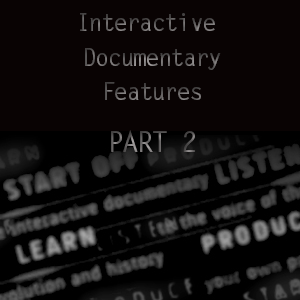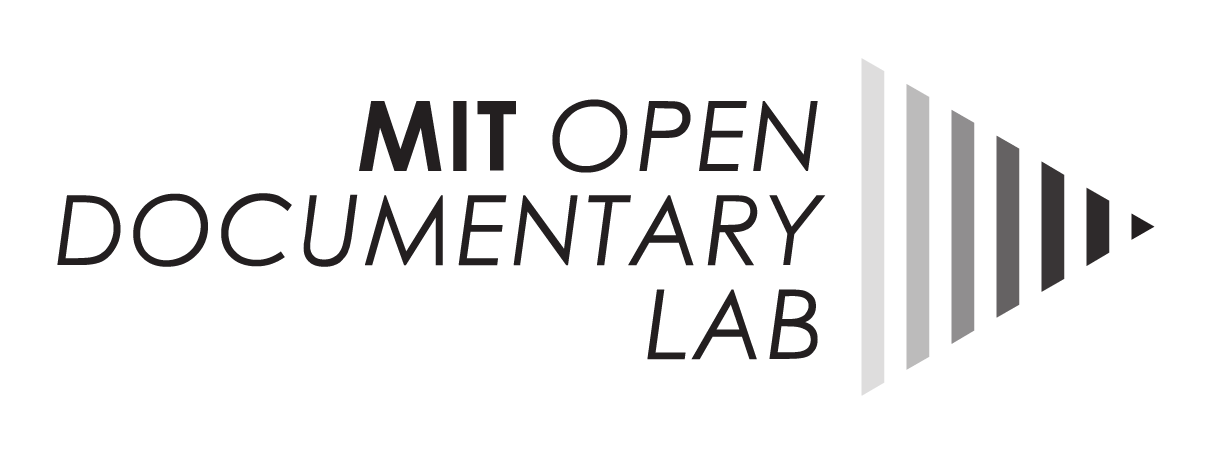
04 Jun COME/IN/DOC | Interactive Documentary Features [Part 2]
SEASON 1 – EPISODE 4 – PART 2: ‘INTERACTIVE DOCUMENTARY FEATURES’
Here you can access the second part of the fourth episode:
[vimeo width=”580″ height=”330″]https://vimeo.com/167402440[/vimeo]
SELECTION OF KEY IDEAS (DIRECTOR’S CONTRIBUTION)
Andre Almeida (Film Director): The main difference is that linear documentary is consumed passively and the interactive documentary has more interaction from the audience, although there are different levels of interaction.
Christopher Allen (UnionDocs): a linear documentary produces meaning just through the positioning of images and time, whereas nonlinear documentaries produce meaning through the user’s associations, the relationships are created more by how information is organised.
Bjarke Myrthu (Blind Spot): In the nonlinear form of documentary, the users have the option of adding more layers to the story, allowing them to take different directions, but the linear form only allows navigation from point A to B.
Seth Keen (RMIT University): Interactive documentaries have a hypertextual form as a main feature, and other characteristics are related to different affordances: spatial montage, indexing, remix and granularity as key aspects.
Add your contribution here: http://comeindoc.com/contribute/
Website: http://comeindoc.com
Dr. Arnau Gifreu
COME/IN/DOC Director
Research affiliate
agifreu@mit.edu



